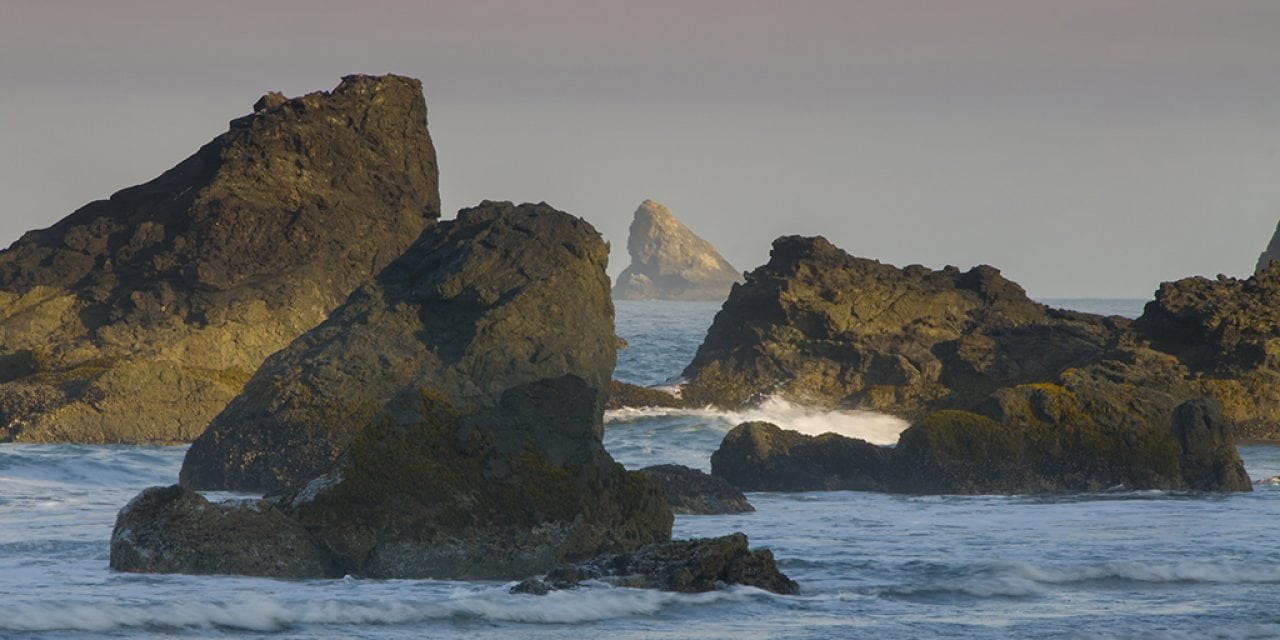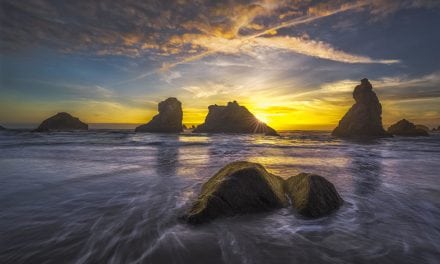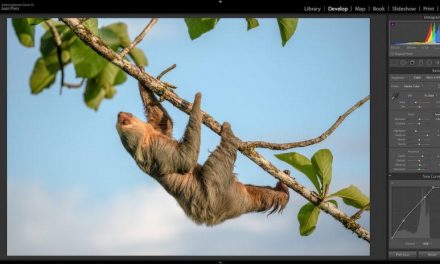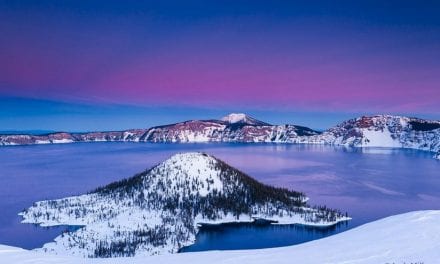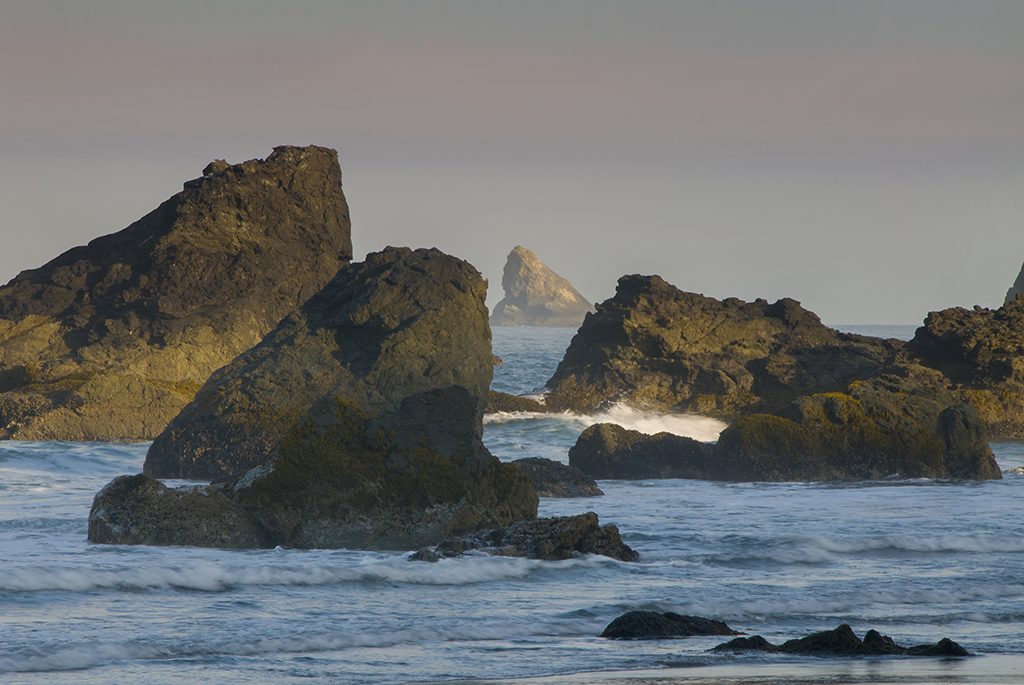
Whether it’s a fleeting moment of time or the complete change of a season, conditions dictate the difference between a photo you’re proud to hang or one that may not make the second round of editing. I have many taglines I use when I run a domestic tour or Tanzanian safari, but the one that reigns paramount is, “It’s All About The Light.” Light is the single most important determiner that makes or breaks a photo. There are numerous others, some that I address below, but in some way, they cycle back to something to do with light. Let’s take a look at some that should be contemplated before pressing your shutter to see how conditions rule.

Seasons: Seasons create obvious changes in vegetation, so I won’t dwell on this fact. There are other not so obvious differences that photographers should realize. The farther north and south of the equator you are, the angle of the sun shifts as summer to winter solstices transition. What may make a great side-lit sunrise subject in summer could be in shadow in the winter. Not only do sunrise and sunset angles vary, so does the height of the sun. Lower sun produces longer shadows that may add to the impact of the photograph. Typically, winter light is more conducive to getting better photos during off hours of late morning or early afternoon because of the longer shadows. While weather is also obvious, I address it as it references the accompanying photo. What may make a very mundane summer subject pops in winter. I encourage you to head into the field to make great snow pics: Conditions Rule.
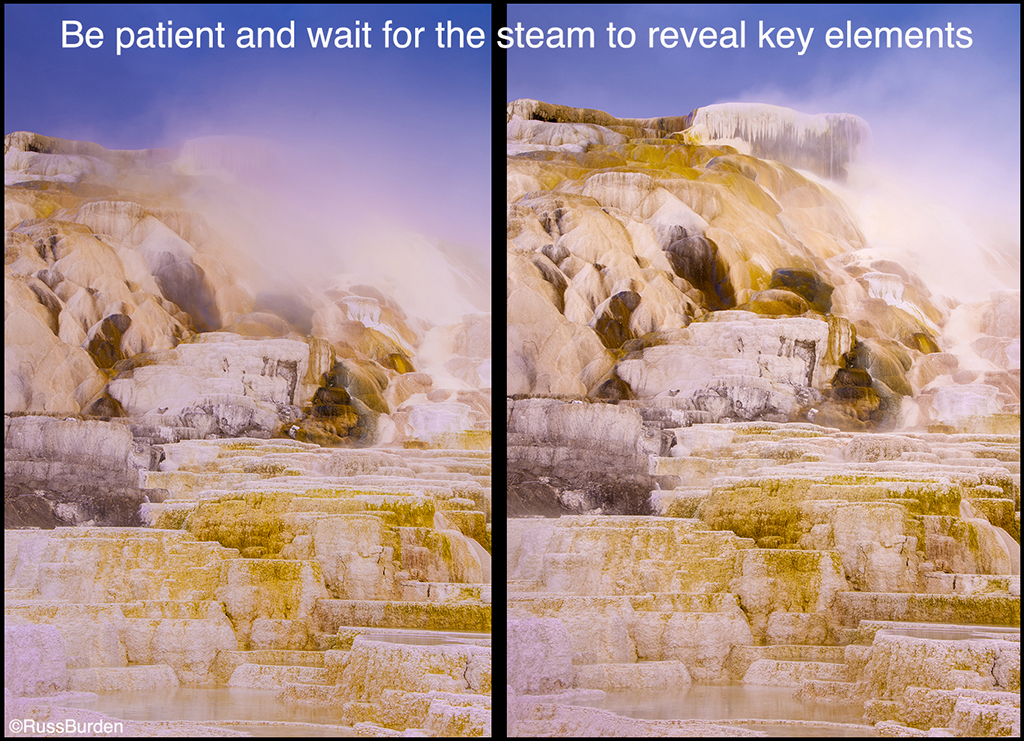
Fog / Mist / Steam: Some conditions are much more fleeting than seasons. Fog, mist and steam constantly change the landscape as each rolls in or recedes. Additionally, the density of each adds a variable that impacts when the shutter should be released. The principle weather aspect that governs the placement of each is wind. Calm winds are photographer friendly as they slowly move the vapors revealing or concealing various parts of the terrain. The slower the fog moves, the easier it is to study the composition. Wait until key components of the scene are visible. Watch for times when mood is enhanced as the fog is intertwined amongst the landscape. Zoom the lens as conditions are constantly in flux. What may not be great at 35mm one moment may be great if zoomed to 70mm based on how the mist swirls and what is revealed in the background: Conditions Rule.

Time of Day: The best landscape light occurs at sunrise and sunset. The angle is low, the color is warm and shadows and highlights are more defined. It’s no wonder the best scenics are made during these times of day. The low angle and warm color of the light provide three shooting options. My favorite is shooting 90 degrees to the sun. The main subjects in your composition are side lit and the sky can be polarized to its maximum as a polarizer has the greatest effect at 90 degrees to the sun. Although I’m not a huge proponent of front-lit landscapes, during the first 10 minutes of sunrise or the last 10 minutes of sunset, the light is golden and it bathes the composition in warmth. Backlit landscapes also work at sunrise and sunset. Silhouettes dominate, so look for subjects that have dramatic and dynamic shape: Conditions Rule.
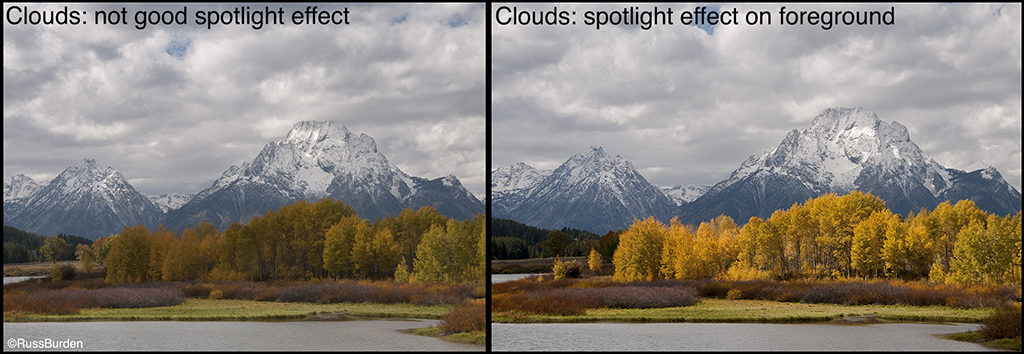
Clouds: When skies are cloudless, I refer to the condition as “Severe Clear.” Severe clear certainly has its advantages, especially if you make wildlife images, but for scenics, I prefer clouds to add texture, dimension and interest to the photo. An often overlooked aspect of why clouds are great is they create spotlight effects or what I call, “The Edge Of Light.” Clouds obscure the sun, which is an obvious disadvantage, but when they part and spotlight specific parts of a composition, it can be most advantageous. The viewer’s eye is always drawn to the brightest part of an image. If the clouds provide a spotlight to the most important sections of the composition, wait for the clouds to open to illuminate the key component. While serendipity doesn’t always occur, when it does, it’s special: Conditions Rule.
Visit www.russburdenphotography.com for information about his nature photography tours and safari to Tanzania.
The post Conditions Rule appeared first on Outdoor Photographer.

